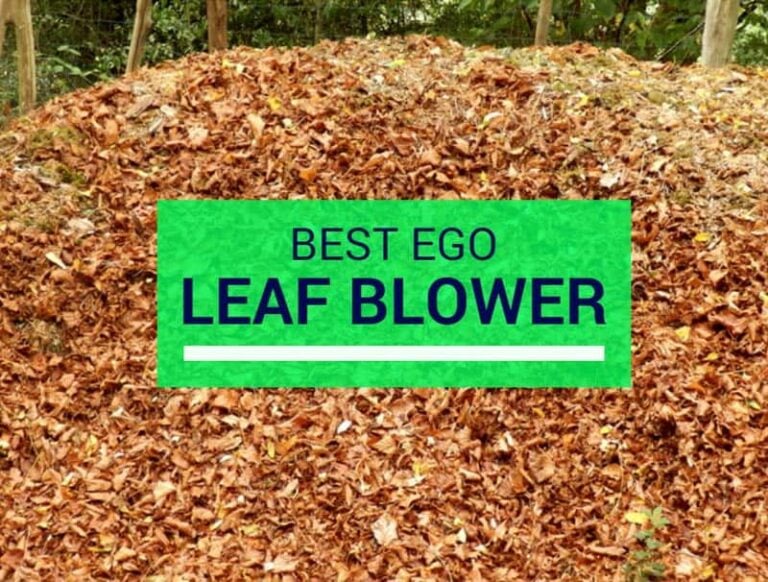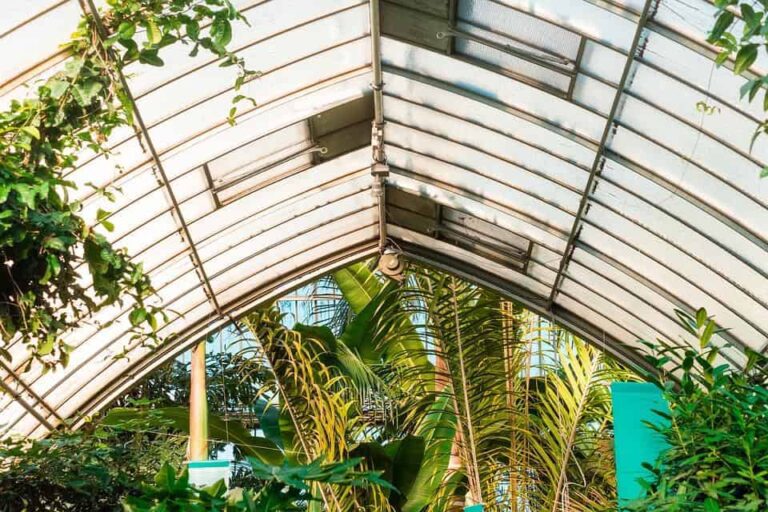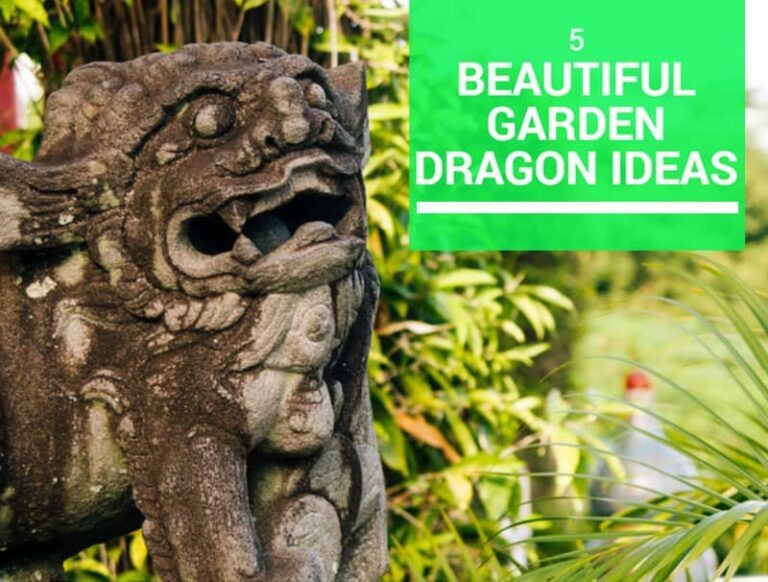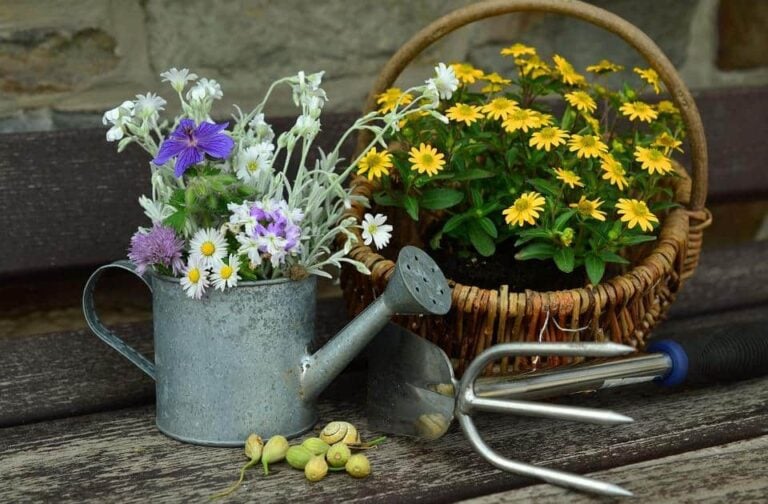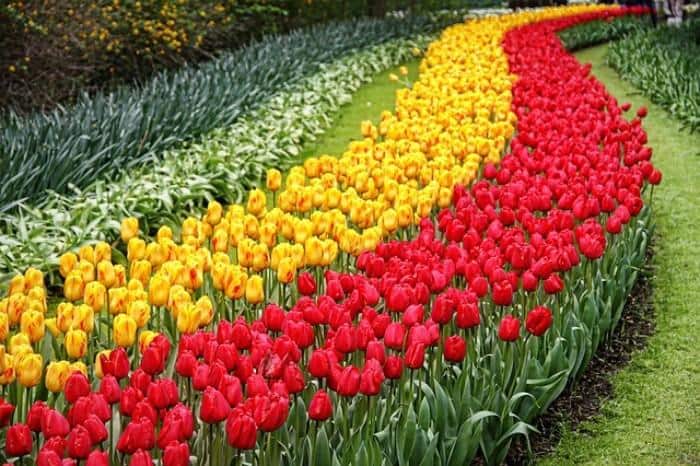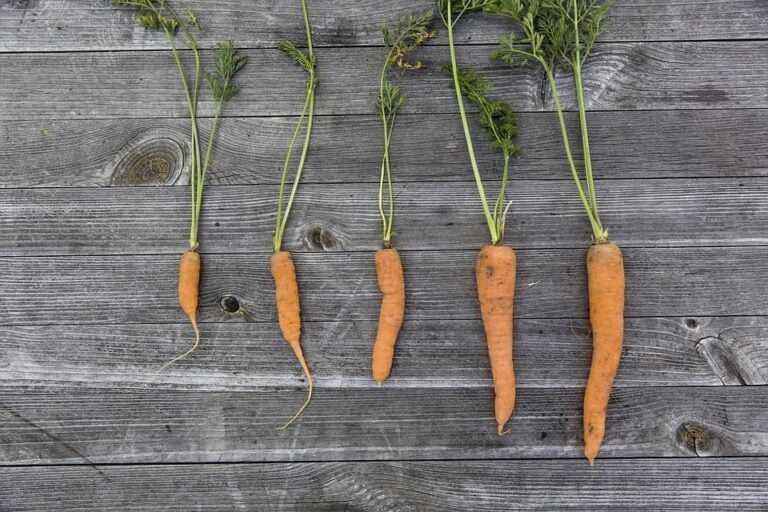Growing Dill In Your Herb Garden: A Primer
A member of the carrot family, dill grows best in a sunny location with somewhat acidic soil. It’s easiest to plant dill from seed directly in the garden, as the plant’s root system makes it difficult to transplant. Once dill has started to grow in the garden, make sure to water it regularly so that the soil doesn’t dry out. As the plant grows, you can stake it to provide support and keep it from falling over.
How to Plant Dill
Dill has a root system that doesn’t like to be disturbed by transplanting, so the ideal way to plant it is to direct sow seeds either in the ground or in a container. To grow dill outdoors, the University of Minnesota recommends sowing the seeds after the danger of frost is past, usually a week or so before the last frost date in your area.
Plant the seeds about a 1/4 inch deep. If you are planting rows, each row should be about two feet apart. You can sow the seeds close together in the row, as you’ll thin them to be about a foot apart once the seedlings are a few inches apart.
Before planting dill, choose a spot in your garden that gets plenty of sunlight. The plant needs full sun, which is about eight hours of light daily. Since dill self-seeds easily, pick a spot in the garden where you’ll want to grow dill for several years to come. The plant’s seeds will fall into the soil, producing new plants year after year.
Since dill grows up tall, it’s also important that the place you choose to plant it is protected from the wind, which can knock the plant over. An ideal spot might be up against a wall or fence.
How to Care for Dill
Dill needs moist soil to grow well, so it’s important to water often while it grows. Water enough to keep the soil moist, but not too soggy. Don’t let the soil dry out.
To make sure your dill has enough nutrition to grow, it’s a good idea to mix compost into the soil before planting. Dill prefers slightly acidic soil, according to Texas A&M University. Adding a nitrogen rich fertilizer to your soil will help to increase its acidity.
You might want to stake dill plants to keep them from toppling over, since some types can grow up to three feet tall. To stake the plants, push a bamboo stake into the soil when the plants are still small. Use a piece of twine to tie the stem of the plant to the stake.
Dill Problems
Dill is a relatively disease free plant, which helps make it easy to grow. It barely has any pest problems, although it is a favorite food of the parsleyworm caterpillar. Since the caterpillar eventually turn into a black swallowtail butterfly, which pollinates plants, many gardeners don’t consider the caterpillar an actual pest.
If you see the caterpillar gnawing away at your dill, as in the video above, it’s often best to just let the bug be. You can plant extra dill to provide enough leaves for both yourself and the caterpillars or simply accept the fact that a caterpillar might help itself to some of your hard earned dill.
Growing Dill in a Container
You can grow dill in a container. Since the plant produces a taproot, you will get better results if you choose a deep container to plant it in. Ideally, the pot will be at least 12 inches deep. Although the container can be made of a variety of materials, such as ceramic, metal or plastic, it’s important that it have a drainage hole, to let excess water out and to reduce the risk for root rot.
In the video from eHow Garden, Teca Thompson shows you how to plant dill seeds in a container step by step. The process is rather simple and involves filling the container most of the way full with container soil, placing the seeds in the pot, then covering them with a light layer of soil.
When growing dill in a container, make sure you use a special container mix, not garden soil. Container mixes are designed to drain well and to contain enough nutrition to keep plants fed through the growing season. If you take soil from the garden and put it in a pot, the soil is likely to form a dense clump that will choke the roots of the dill plant in a container.
Harvesting Dill
There are two ways to harvest and enjoy dill. The first way is to harvest its fern-like leaves throughout the season and use them either fresh or dried in cooking. The second way is to wait for the plant to produce seeds, then harvest the seeds to make pickles or plant elsewhere in your garden.
According to the National Gardening Association, you can usually start to harvest the leaves from a dill plant about eight weeks after planting. Pinch or cut the leaves off as close to the stem as possible.
Dill leaves have the most flavor if harvested before the plant starts to produce flowers, so the sooner you harvest the leaves, the better. The leaves also have the most flavor is used fresh, rather than dried.
Ease up on harvesting leaves once the plants have begun to produce flowers. The flowers will produce bright yellow blooms. Enjoy the blooms in your garden, then harvest the seed pods after the blooms have faded and have dried to a tan color.
Cut the seed heads off of the plants and place them in a paper bag for a few weeks. As the pods dry, the seeds will fall away and collect in the bottom of the bag. Separate the seeds from the chaff and store in an airtight container.
Remember that if you leave some of the seed heads on the plant through the winter, the seeds will fall to the soil and give you another crop of dill next spring.

